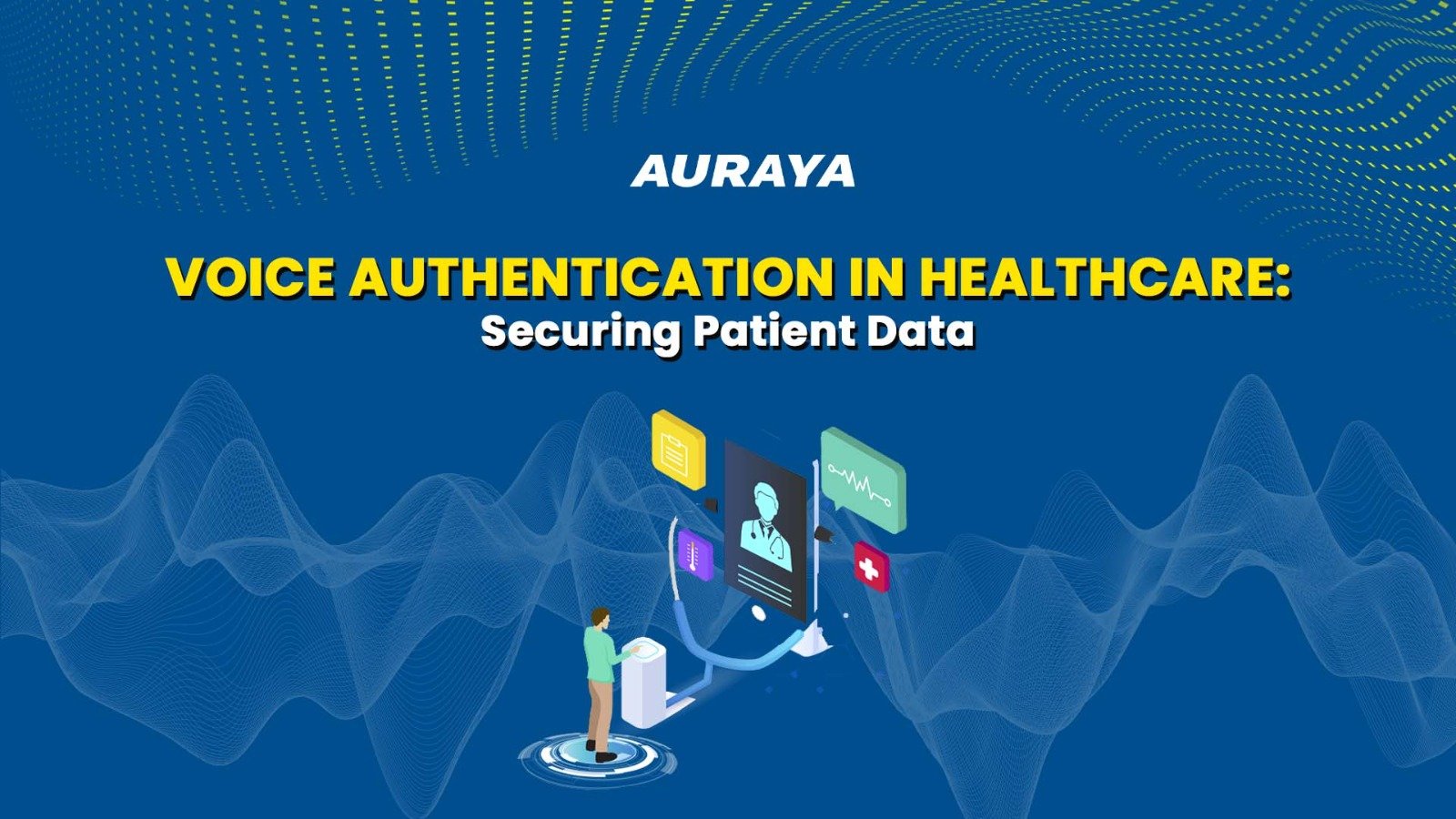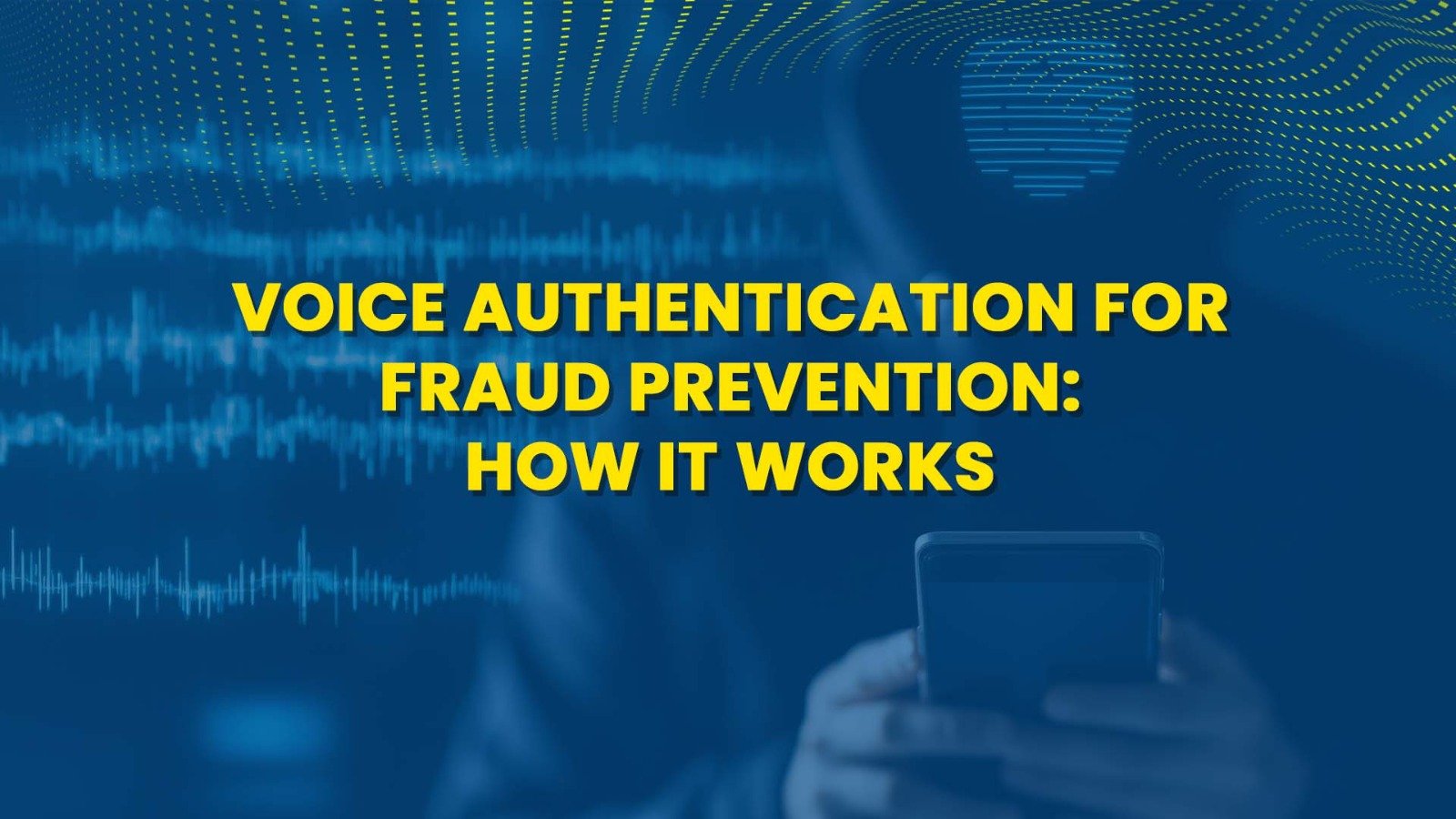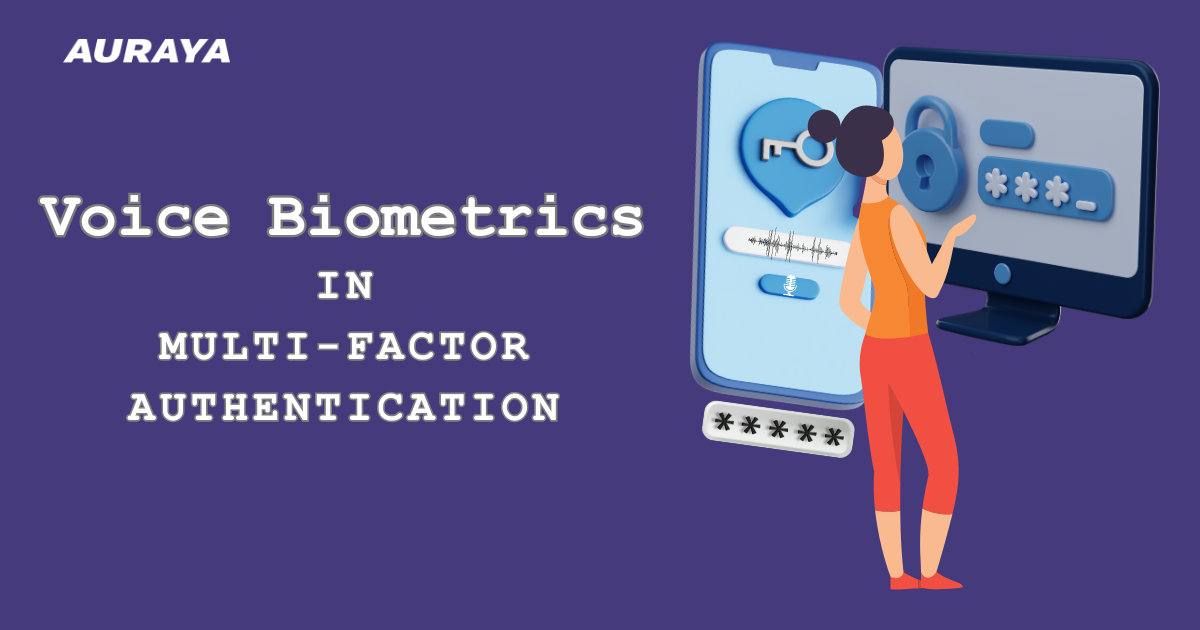How 2019 Fared with Data Breaches
Identity Theft Resource Center has released its ‘End-of-Year Data Breach Report’ for 2019, giving us new insights on the severity and magnitude of data breaches compared to 2018. In this report, Identity Theft Resource Center found that the total number of data breaches reported in 2019 increased by approximately 17% since 2018. However, surprisingly, the number of overall records exposed in 2019 dropped by approximately 50% compared to 2018. This finding reflected in the number of personally identifiable information (PII) exposed, where it decreased by 41% since 2018. These results may be largely due to the fact that organizations are starting to implement more robust and rigorous security methods, amidst the growing threats of cyber-attacks. Some of these methods include biometric authentication such as voice, facial, and fingerprint authentication.
The report focused on five major industries of Business, Medical/Healthcare, Education, Banking/Credit/Financial and Government/Military. Out of the five, the Business industry experienced the most data breaches as it accounted for 43.7% of the total data breaches in 2019. The Medical/Healthcare industry comes in second at 35.6% while the Banking/Credit/Financial industry is only at 7.33%. However, the Banking/Credit/Financial industry actually exposed the greatest number of sensitive records, accounting for 61.1% of the total number of sensitive records exposed in 2019. Gaining access to sensitive records can leave millions of people vulnerable. PPI data such as full name, date of birth, place of address is enough for hackers to perform account takeovers or identity theft. If implemented, organizations with updated and high-level security methods, such as voice authentication for services like authorisation and account access, can not only prevent cybercriminals from successfully breaking in, but it can also deter others from trying.
The most interesting finding in the report is that unauthorized access was the second most common method, accounting for 36.5% of the total data breaches. The most common method was hacking/intrusion at 39%. Although only second, unauthorized access was actually responsible for 86% of the exposed sensitive records. People with weak or obvious security settings such as guessable passwords or insecure account logins are easily exposed by unauthorized access attempts. Additionally, cybercriminals can easily outwit traditional security methods such as passwords, PINs and even email security codes. By infiltrating sensitive records, cybercriminals can obtain more information which is then used to assist in more unauthorized access.
However, with voice biometrics such as Auraya’s EVA voice biometrics extension for Amazon Connect, user identification and verification can be made simpler and provide a frictionless user experience. EVA allows organizations to implement key voice biometric capabilities such as identification & verification and fraud detection to their existing system solutions to improve overall security. With EVA, organizations can implement voice biometrics in any language and in any channel, whether it is through a contact center, a mobile app, a chatbot or an HTML5 webpage. EVA cannot be mimicked, recorded or synthesized and can detect and flag fraudulent attempts in real-time. Cybercriminals attempting to gain unauthorized access to accounts will struggle to succeed as their voice or any voice other than the original account owner continues to fail again and again.

















